Station Hope
Concept
“Every step of the way is a decision”
Station Hope is a narrative-driven interactive fiction experience exploring the challenges facing freedom seekers navigating the Underground Railroad Set after the passage of the Fugitive Slave Act of 1850, most of the game takes place in the state of Ohio
The player character is a (fictional) freedom seeker modelled after {insert historical model(s)} leaving a plantation in {origin location TBD, probably western Virginia} to cross the Ohio River. Your goal is to reach Station Hope – Cleveland, Ohio – and passage to freedom in Canada.
Gameplay
The goal of Station Hope is to immerse players in a roleplay experience that viscerally conveys the hardships endured and challenges overcome by black Americans escaping slavery. Players should finish the game admiring freedom seekers in the way they admire the members of the Fellowship of the Ring, or Lewis and Clark, or the Knights of the Round Table, or Maximus of The Gladiator.
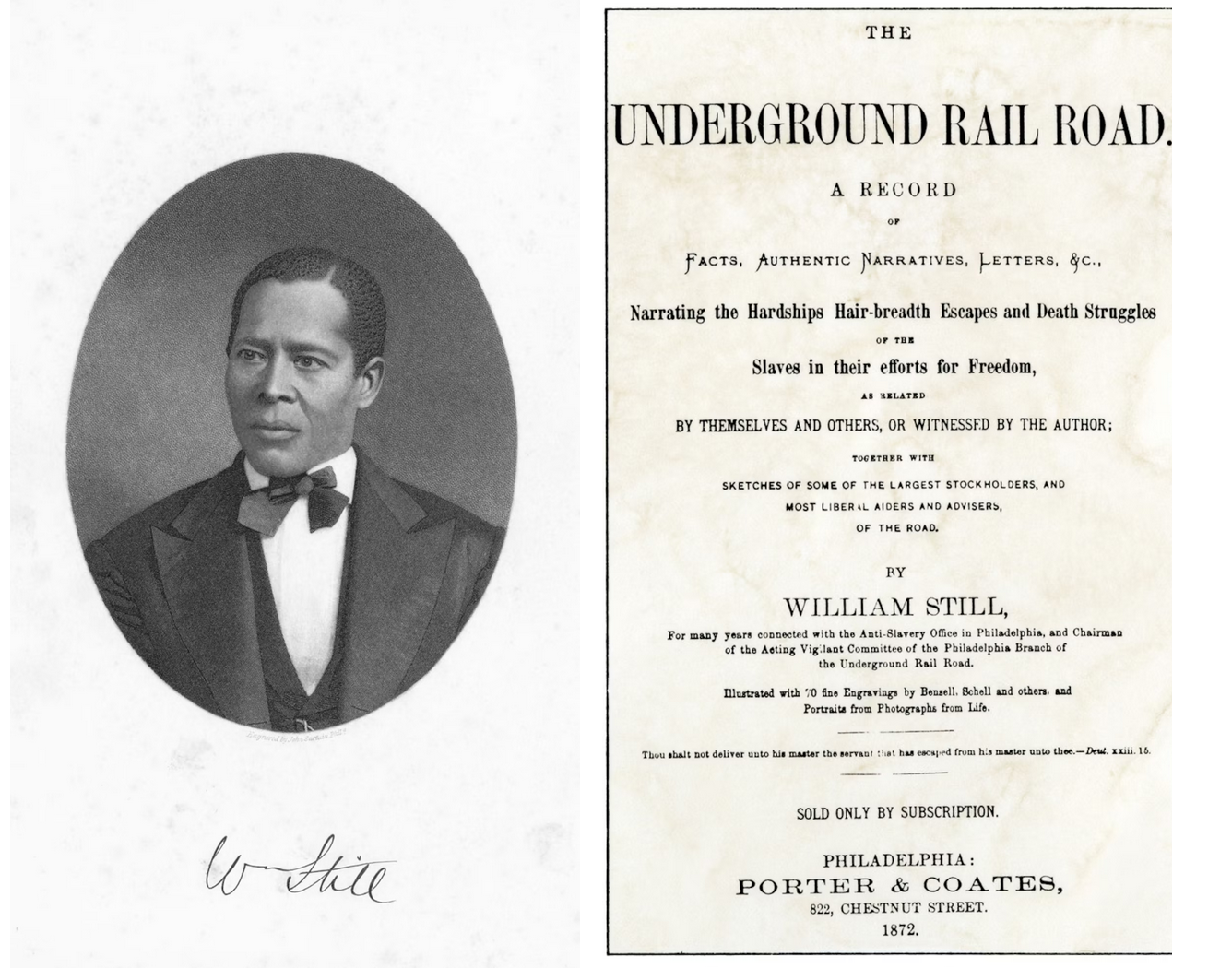
The game will be grounded in historical research 1 but will take liberties with gameplay elements like specific puzzles and dilemmas: the aim is to simulate the emotional and intellectual effort needed to survive the quest for freedom rather than reconstruct a particular historical narrative.
Station Hope will contain ~1-3 hours of total gameplay, with a run-through taking ~1h on average to complete.
The player will advance through the story by making choices and solving problems using reason and real-world knowledge. Knowledge of the period may be helpful, but is not necessary to complete the journey.
The player character will be able to acquire and use a small inventory of useful items along their journey, including clues helping to guide them along their way. The game will begin with a brief chapter at the home plantation that serves as a short tutorial and introduction to the game world, where sympathetic NPCs (non-player characters) provide the player character with a few critical items.
The Station Hope experience will include meaningful choices that affect how the world reacts to the player character, and the skills that the player character develops during their journey. There will be a vey limited set of statistics calculated “underneath the hood” of the game engine and largely hidden from the player governing these interactions. There will also be a few (2-3) basic statistics affecting gameplay that the player will have to manage along with their inventory, such as their stamina level or charisma.
Potential gameplay elements
- Persuasion and misdirection games during NPC encounters to distinguish friend and foe
- a celestial navigation element (“follow the drinking gourd”)
- a terrestrial or compass navigation element
- simple crafting puzzles (i.e. create a compass, create a needed tool, make a stew, light a fire)
- if a non-literate historical model is chosen for the player character, puzzles related to interpreting maps, or signposts (symbol interpretation), or hidden messages in songs
- memory puzzles
- decipherment and matching puzzles
- botany and medicinal puzzles
A subset of these elements will be used to create a gameplay helix, where the player character masters different basic gameplay elements and combines them to solve problems of differing complexity as they progress through the game world.
Success and Failure Conditions
While the gameplay loop itself will include fictionalized characters and scenarios, the choices the player makes at each decision point, and the successful /unsuccessful resolution of puzzles will unlock relevant factual historical data. These stories and tidbits will be collected in the player’s in-game journal.
For example, successfully navigating northward using the stars might unlock a journal entry on “The Drinking Gourd”, while successfully evading a bounty hunter might reveal a story of a similar exploit by a real escapee. The player “wins” by collecting the greatest number of story fragments, filling the pages of their journal. The game’s story will reveal that the player character became a successful community member and griot retelling these stories in Canada, where they guide others on their quest.
Successful choices will reveal more of the story, but there are some narratives that will only be unlocked by “failure”: for instance, recapture by a bounty hunter might reveal the story of Lucy Bagby Johnson. “Failure” is tricky: the goal is for the player to experience as much of the content as possible, and for the consequences of most failures to be temporary and non-fatal, only affecting the level of hardship or suspense the player endures.
It is important that even the “worst” failure condition, capture by a slave hunter, should convey that a second chance at escape is possible, and the freedom seeker’s indomitable spirit will urge them to take up the quest again. At this point, I do not envision “death” as a possible player failure condition, although some particularly perilous moments could unlock stories about fugitives who perished en route.
Aesthetic and User Interface
Art Style
The game will use 2D hand-drawn illustrations, including “paper doll” style rigged models for simple animations (example of paper doll animation from Pentiment.) Most images in the game will be static, with limited animations (changes in expression, simple limb movements). Puzzles may be simply animated (moving shapes, etc.).
This is in contrast to the pixel art 2D style familiar to players from e.g. Super Mario Brothers or the 3D styles popular in modern AAA video game titles. Hand-drawn animation is faster to produce and results in a smaller overall game file size than either 2D or 3D pixel art. It is also a better fit to Station Hope’s gestalt as an interactive book + accompanying map (a digital Choose Your Own Adventure book).
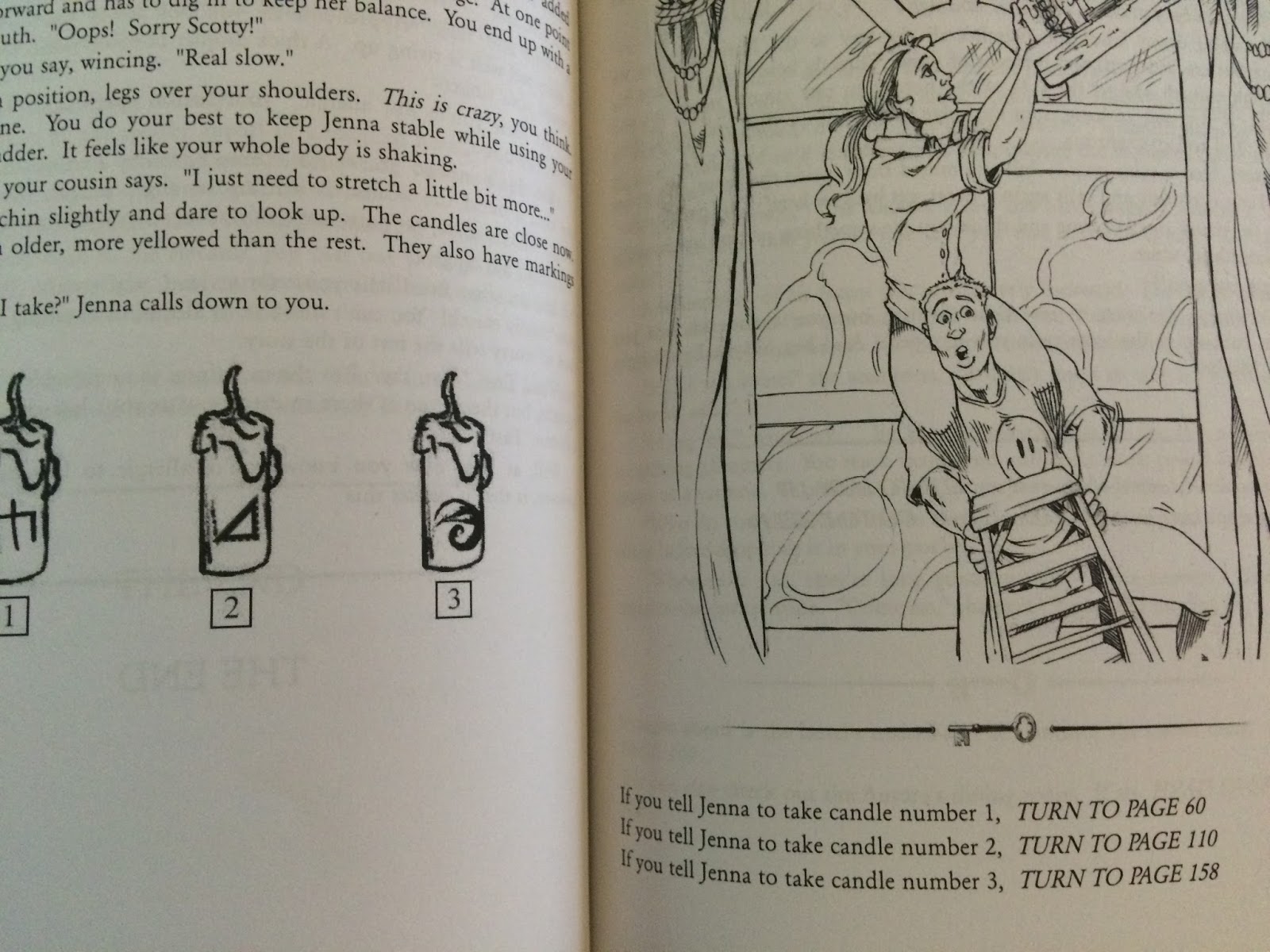



I’m experimenting with illustration styles based on artists and illustrators from the period, like Thomas Nash, Winslow Homer, and Currier & Ives.
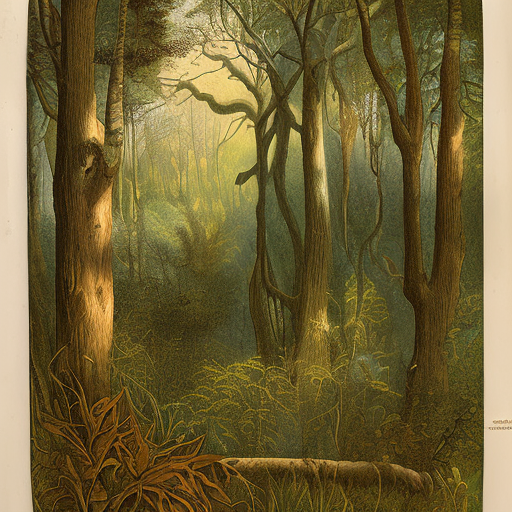
User Interface
The game will use a minimal set of screen designs. Most gameplay will take place on layered interface: the bottom layer is the game map, the second layer is a simple illustration of the current problem or conversation, and the top layer consists of text boxes containing dialogue and player choices.
- The map can be viewed as a standalone screen
- The griot’s journal can be reviewed: this item exists outside of the game world for the player rather than the player character
- The inventory screen can be checked when items are needed
- There will also be a separate section for clues or important bits of information (if the player character is not literate, this screen will represent memorized items).
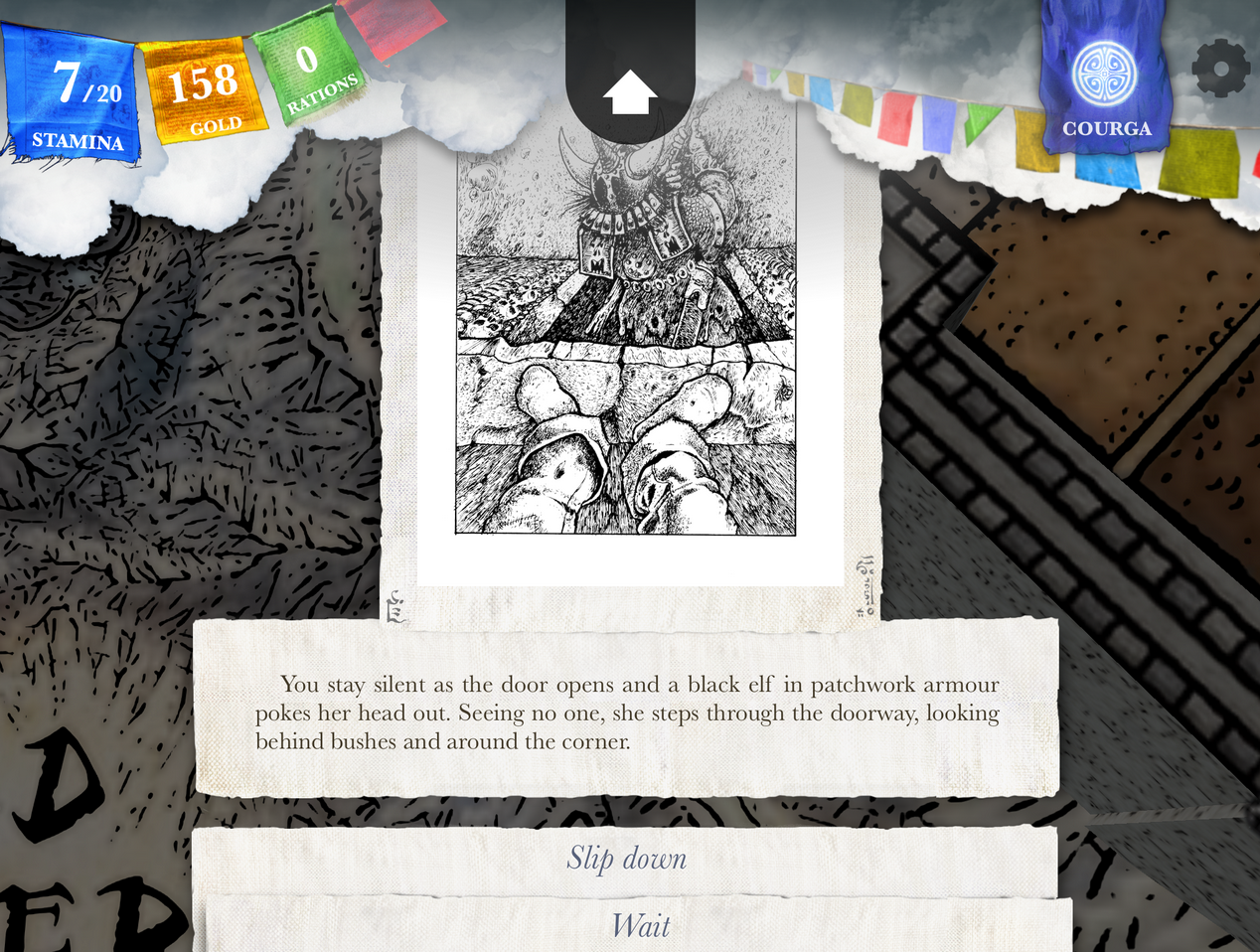
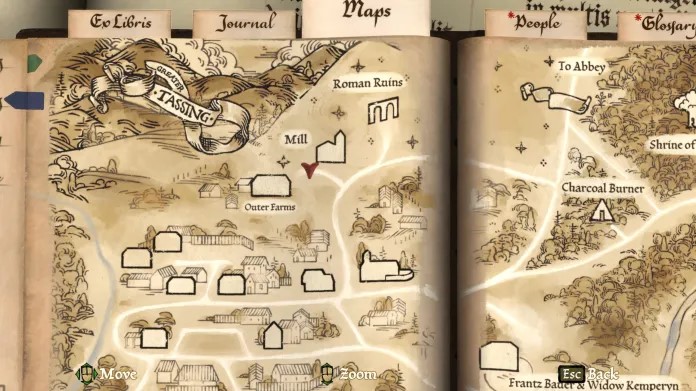
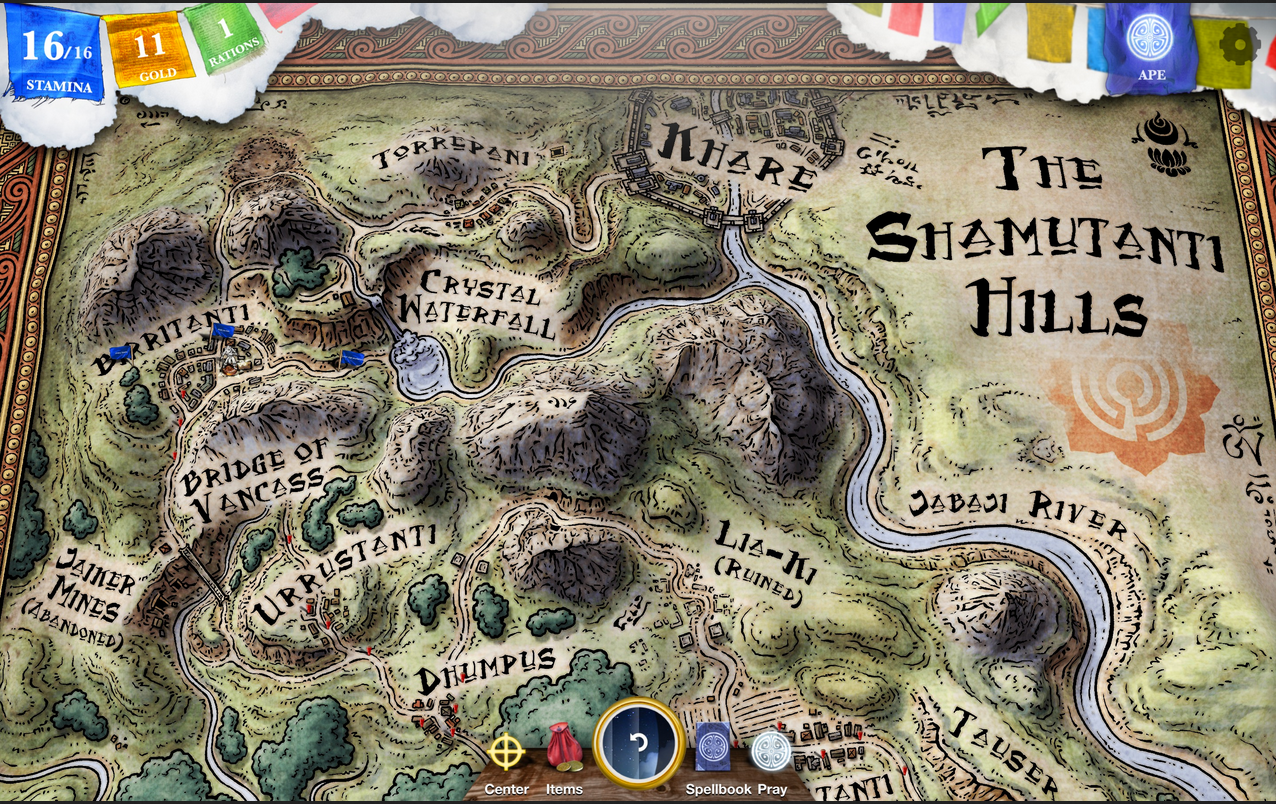
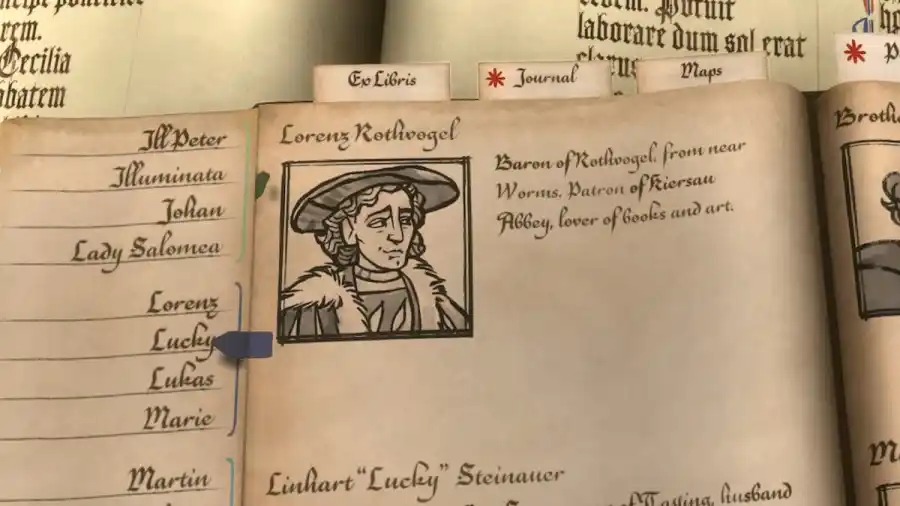
Technology
This game will use off-the-shelf free and open-source technology wherever possible.
Art assets can be created in Krita and Procreate and rigged in Blender.
Most of Station Hope will be scripted in Ink, the dialogue engine used to create Sorcery! and other works of interactive fiction.
Ink can be combined with game engines like Unity or Godot using open-source integration tools (Sorcery! was made in Ink + Unity ). Using Godot, an open-source game engine, and Ink removes risks around engine software costs (Unity has an unclear subscription scheme) but introduces a bit of hassle when porting to formats like mobile.
This decision can be deferred until the scripting in Ink is largely complete. The important point is that the tools needed to create the game are free or inexpensive until we reach the stage where the game is exported to a mobile (iOS or Android) format, and a devkit is required. Devkits are <$1000.
Roadmap and de-risking
Development
The game that Station Hope will be most closely modelled after, Sorcery!, contains ~150,000 words in roughly 200 word chunks, or scenes, giving rise to over 2,600 player choices.
Sorcery! benefitted from being able to draw directly from a CYOA gamebook and its existing artwork. It was created by a two man team of experienced game designers, and they contracted the additional required art (NPC avatars, UI elements, etc.) and music to freelancers. Inkle, the developers behind Sorcery!, state that each title in the series (there are 4) took about a year to make and cost ~ £10k / title, not including salaries.
At this point, I haven’t decided whether to develop Station Hope as mobile game for iOS, playable on iPhones and iPads, or for PC. Mobile development is difficult, but would allow e.g. museumgoers to download the app to play on their personal devices – as long as they have Apple devices (developing for Android would extend the scope of the project too much for a single dev). It is easier to develop for PC, but a Windows game is a less intimate experience than mobile for a short gamebook.
I’ve decided to break Station Hope’s content into chapters to enable iterative development:
- Chapter One will include the parts of the story taking place at the origin plantation up to the crossing of the Ohio River. This chapter will be relatively short – <50,000 words, or about 500 player choices (some major, some trivial)
- Chapter Two will include the flight through Ohio to Cleveland. This will be ~100,000 words of content, or about ~2000 player choices (some major, some trivial)
Chapter One is much shorter than Chapter Two, but the creation of Chapter One will require about 60% of the effort needed to complete the entire game, as the art style, game mechanics, game story, etc. have to be finalized during this phase. Most of the time savings from splitting the effort into phases will be from the shorter game script and reduced number of illustrations.
The iterative development plan for Station Hope increases the chance of successfully delivering a completed game. The MVP is about 1/4 the complexity of the project that I think I can complete in one year; according to my heuristic for software estimation I can be pretty confident (>95%) of completing the Stage 1 deliverables in 12-15 months. I’d estimate there’s about a 30% chance of me completing the entire project (Stages 1-4) in one year, and 90% chance of finishing in two years.
-
🛹 The Minimum Viable Product is a complete game story outline + Chapter One of the game as a web browser experience (game plays from an internet site). The griot’s journal is not illustrated.
-
🛴 Stage 2 is a complete story outline + Chapter One as a mobile game for browser + iOS.
-
🚴 Stage 3 is Chapter One as a mobile game for iOS and Chapters One and Two (the complete game) as a browser experience.
-
🚗 Stage 4 is the complete game available for the browser and iOS. The griot’s journal is fully illustrated.
The most likely failure point is the integration of the Inkscript with Unity/Godot for a mobile experience; the remedy is to pivot to a browser-based game, which limits some of the possible gameplay mechanics, but is sufficiently full-featured for a rich interactive fiction experience.
Each stage of development produces at least one finished product that can be used to build excitement for the final product, attract collaborators or additional investment, if needed, and deployed to museums and interpretive centers.
Additional Materials
- The griot’s journal can be produced as a printed book for use in educational settings, or a as a gift to financial supporters, Kickstarter-style.
- The development log will be recorded and uploaded to the web as a public Discourse Graphso that interested students, educators, and developers can reconstruct how and why certain design decisions were made.
Learning from previous games with an Underground Railroad theme
- Freedom: a cooperative board game where you play as a conductor & abolitionist leading slaves to freedom (2013)
- available ✅
- commercial
- looks fun
- Kickstarted
- We Walked in Darkness: 2.5D side-scrolling video game with puzzle elements where you play as a freedom seeker (2018)
- available ✅
- quasi-commercial: available on Steam, but developed by an educational developer
- Freedom: Apple II video game from the makers of Oregon Trail with similar adventure game mechanics where you play as a freedom seeker (1992)
- no longer available ❌
- commercial for an educational market
- The Underground Railroad: Journey to Freedom: 3D video game for web & tablet developed for National Geographic where you play as a freedom seeker(2014)
- doesn’t seem to be currently available ❌
- nice pdf connecting gameplay to nat’l historical education standards and principles
- not commercial, commissioned by NatGeo
- 20-30 minutes of gameplay total
- Mission US: Flight to Freedom : browser-based video game with an underground railroad module where you play as a freedom seeker (fully voiced CYOA) (2014)
- controversial
- currently under re-development & unavailable ❌
- very expensive ($786k!) to produce!
- 2m players over all games in the series
- $20k going into the next game in the series, about the civil rights era in MS, from the NEH (seems a bit low?)
- not commercial, commissioned by the Corporation for Public Broadcasting
➡️all of these games involve moving large distances across a map (the map is implied in the side-scrolling game)2
➡️ commercial games are more likely to remain available years after launch – the educational games just … disappear
➡️ this game topic, even when handled very well, as in the Freedom board game, can make some players uncomfortable (see this review)
↪️avoid controversy by not positioning as a product for schools, allow interested players to self-select by rolling out either commercially or in selected venues like museums or interpretive centers
↪️Design and market the game for adults, but keep it appropriate for kids


Comps and influences
These games have nothing to do with slavery or the UGRR but have relevant aesthetics or gameplay mechanics, and demonstrate existing demand for experiences similar to Station Hope:
Gameplay inspiration and proof-of-concept
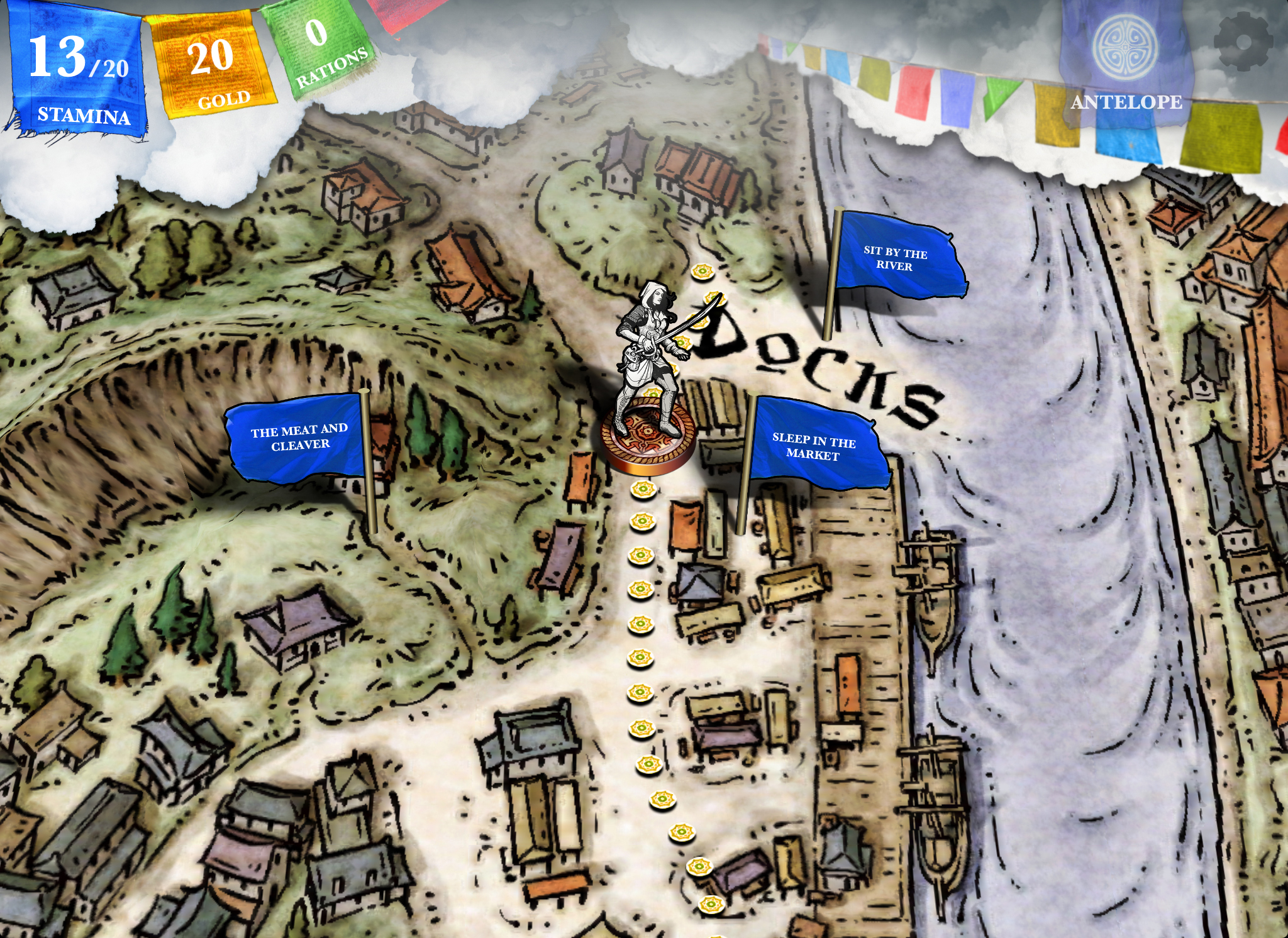
Sorcery! by Inkle is a series of Fighting Fantasy CYOA gamebooks turned into mobile/PC/console games - developed from a game book series published in the 1980s - Station Hope will use the open-source dialogue engine developed by this studio - 1-3 hours of playtime for the 1st Sorcery! installment - 150,000 words - 795 scenes - 2,600 player choices - over 30 original art scenes
Sorcery! is the primary inspiration for this project, and the gameplay of Station Hope will follow the Sorcery! model. Sorcery! is a map-based choose-you-own-adventure gamebook-turned mobile game: the player avatar moves over a map as they make text-based choices in which they encounter enemies and allies, have conversations, solve puzzles, use magic, and even engage in turn-based combat (like in a tabletop rpg).
Station Hope will not include combat or magic, but it will use similar mechanics to make choices during difficult conversations, navigate the map, and solve puzzles. As in Sorcery!, the player character will navigate the map via their choices, rather than by moving a map marker directly. The experience should reflect the fact that most freedom-seekers did not have a map at their disposal, while giving the players a sense of the magnitude of the challenge. All of the action is text-based and may require cogitation or intuition, but not quick reflexes.
↪ Station Hope will have to find the right balance of informing and engaging the player character while conveying a truthful experience
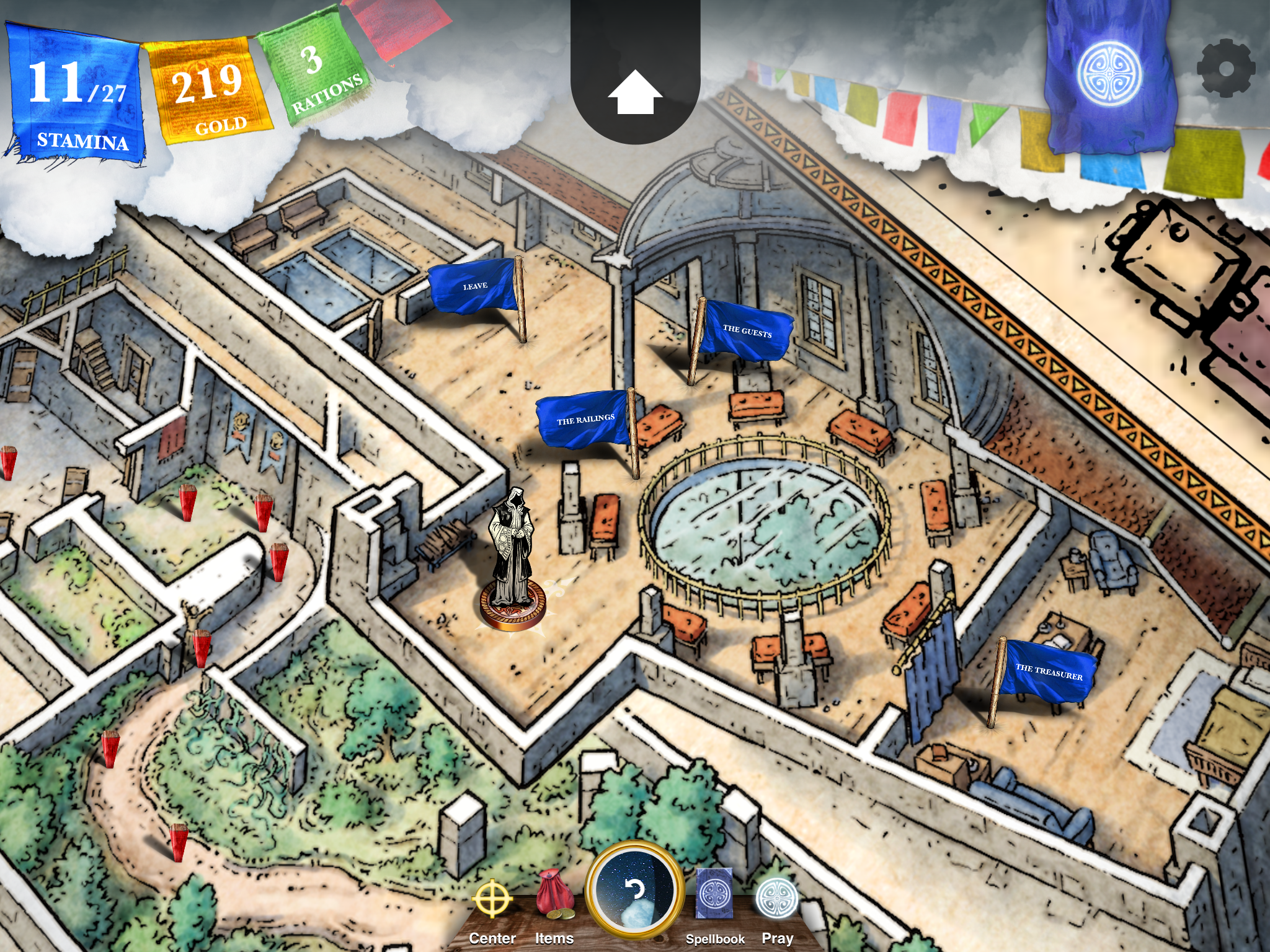
Games illustrating demand for rich conversational experiences
- Coffee Talk (2021)
- 4 hour playthrough, 8h total content
- demonstrated demand for games with lots of conversation and minimal gameplay
- Tavern Talk a visual novel game (2023)
- 10h of content
- like Coffee Talk but with slightly more gameplay
- 20k dev goal (160k raised)
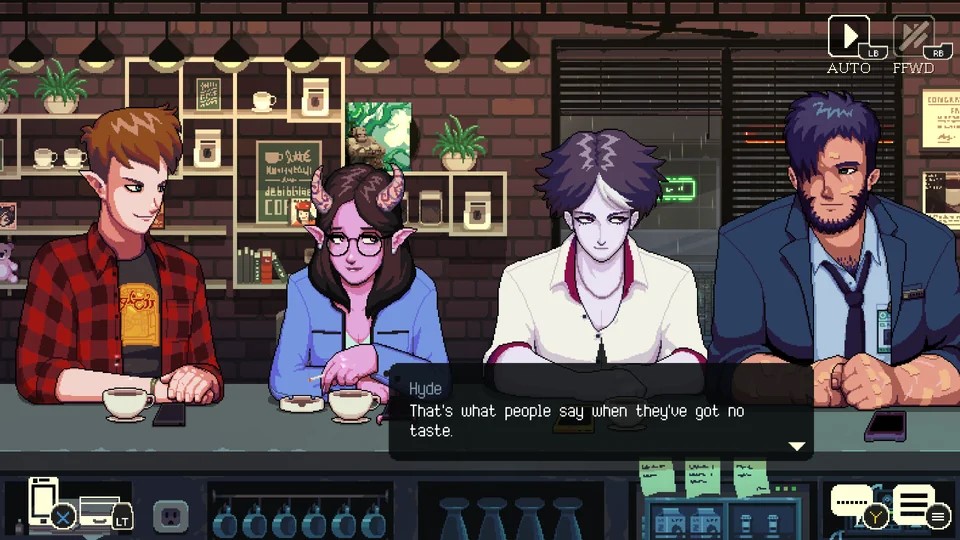
These games are mostly conversation, with very little gameplay, and not very much player choice (the story is advanced by serving different drinks to coffeeshop patrons). They are much more like visual novels. Coffee Talk was very successful, and received a sequel, while Tavern Talk’s Kickstarter has exceeded expectations. ➡️ Rich narrative-first experiences are in demand 3.

Disco Elysium was a smash hit, largely on the strength of its narrative-based gameplay. Its scope and artistic and technical complexity are beyond what we’re planning for Station Hope, but it does signal an appetite for narrative-heavy games with text-based interactions.
Games illustrating demand for a well-research historical setting
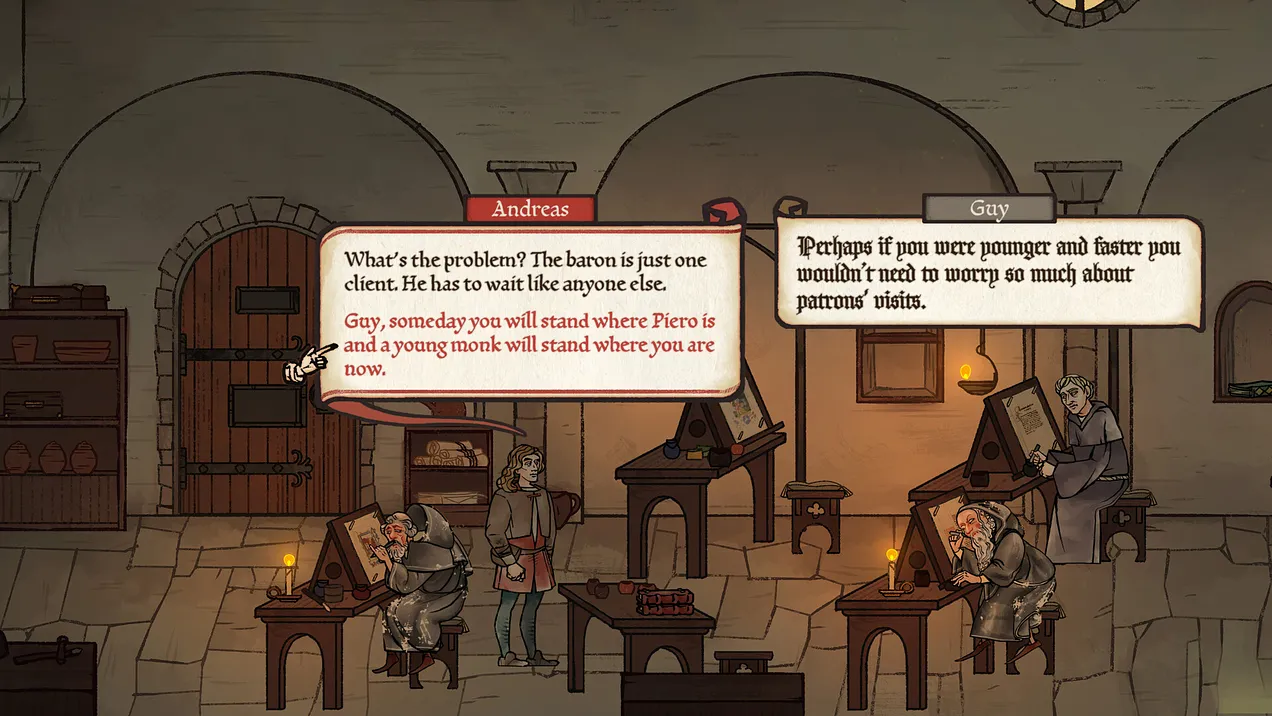
Pentiment is not an educational game, but it executed its setting and aesthetic so well that players couldn’t help but learn about the period, and many had their curiosity piqued enough to explore it further: Obsidian minted at least a few new Umberto Eco fans.
Games illustrating demand for meaningful & difficult choices
Roadwarden is a succesful indie game with a subdued pixel art aesthetic that really nailed tradeoffs and scarcity. This imbued player choices with heightened meaning, and added a layer of realism to its fantasy setting. Station Hope can learn from its economy design.
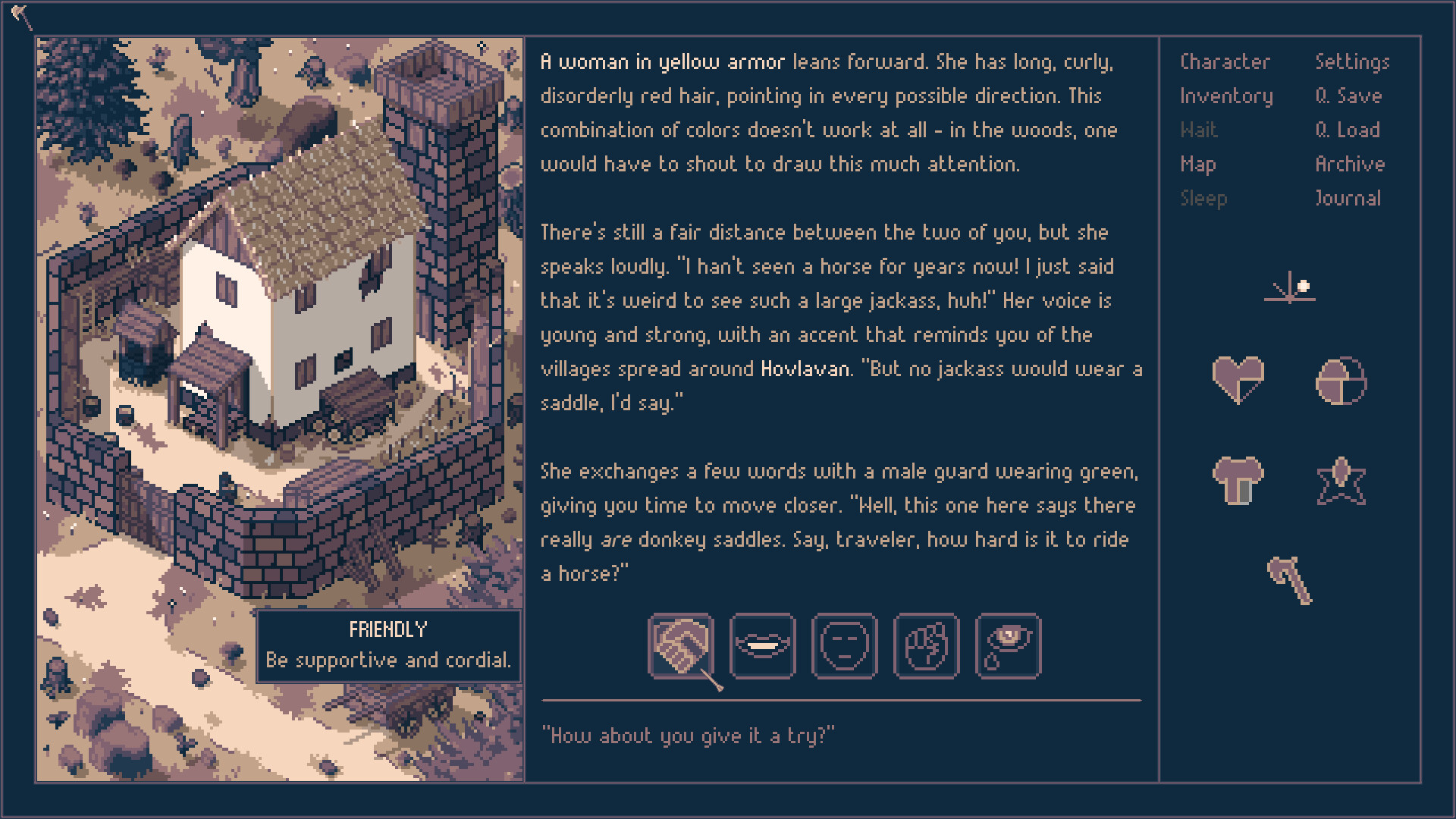
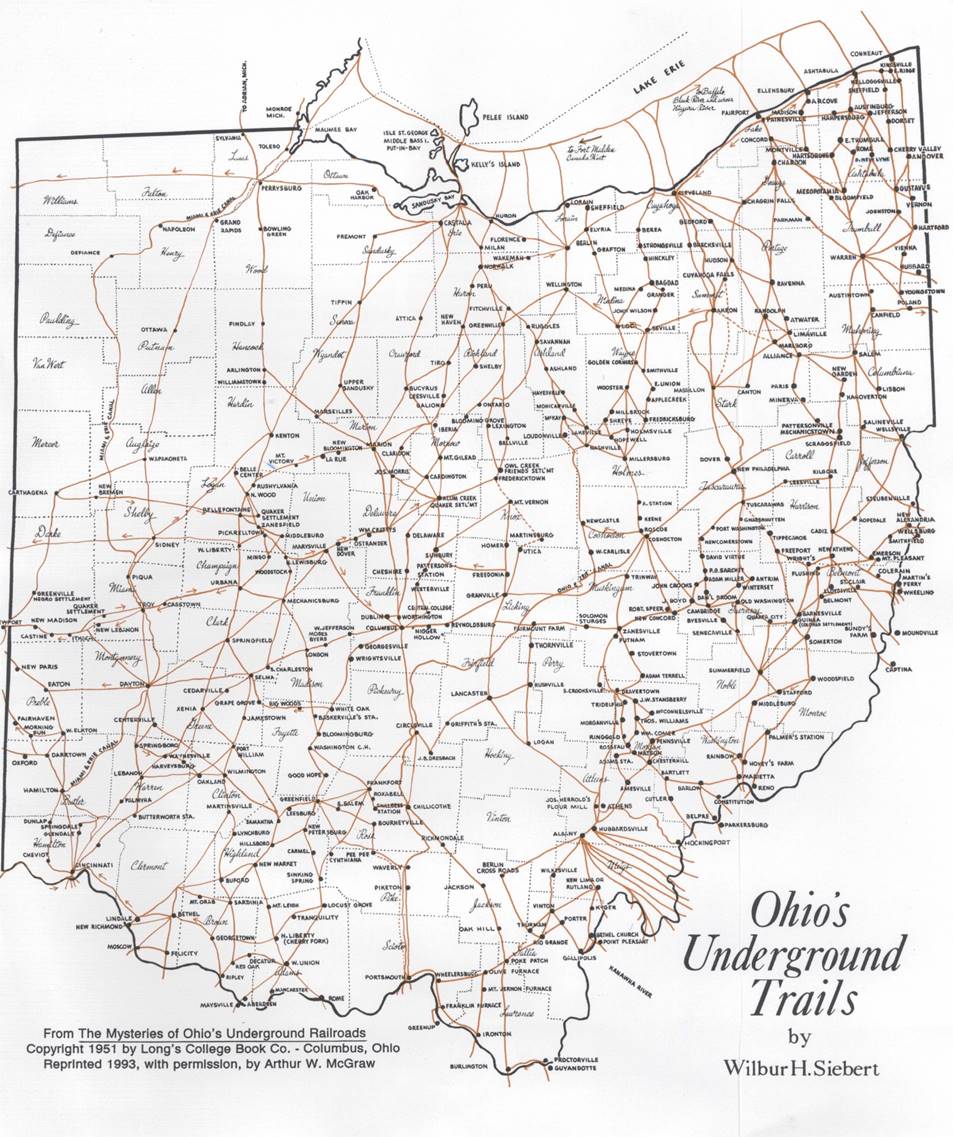
-
Sources include Bound for Canaan by Fergus Bordewich, The Underground Railroad: from slavery to freedom by William Siebert, Liberty Line by Larry Garra, Gateway to Freedom by Eric Foner, and The Underground Railroad: a record by William Still ↩︎
-
I am aware of one Choose Your Own Adventure-style book with an UGRR theme: “The Underground Railroad” by A. Lassieur. It is generally positively reviewed, which suggests there is demand for this type of experience, but 1.) it is targeted to children, while we plan to create an experience targeted to adults but suitable for children, and 2.) only one of the three short storylines centers a freedom seeker; the other two follow an abolitionist and a slave catcher ↩︎
-
One caveat is that these games are in a “cozy” genre advertised as being high-aesthetic and low-stakes ↩︎